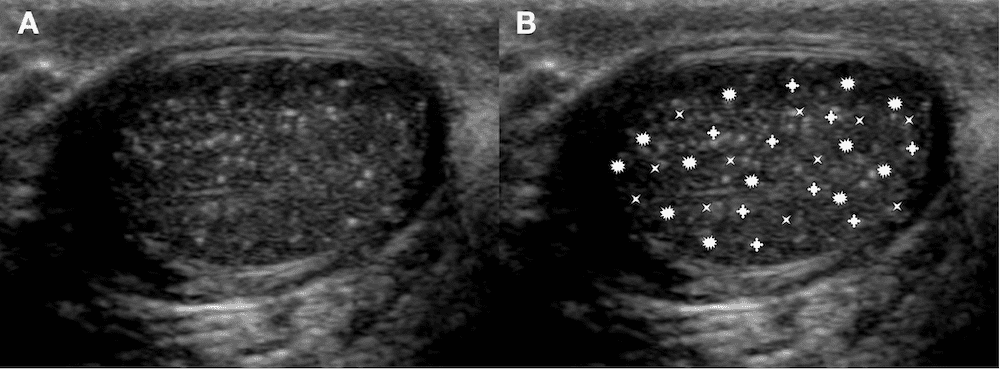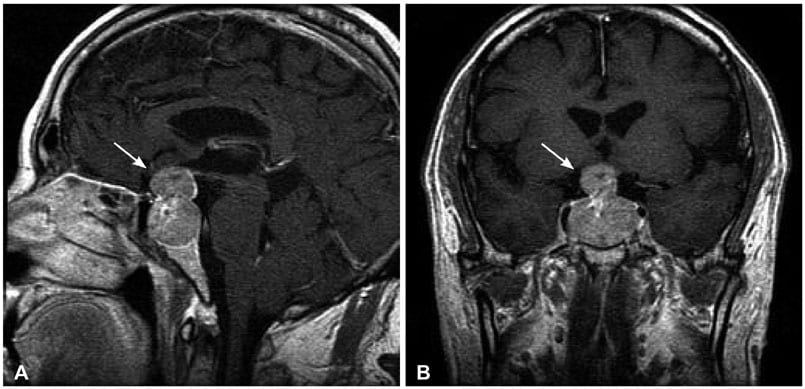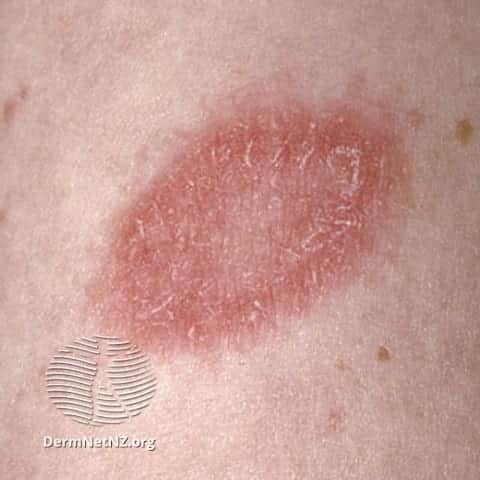Funtabulously Frivolous Friday Five 302
Just when you thought your brain could unwind on a Friday, you realise that it would rather be challenged with some good old fashioned medical trivia FFFF, introducing the Funtabulously Frivolous Friday Five 302 – the Christmas Edition
Question 1
Which yuletide sign is demonstrated on this ECG?
Reveal the funtabulous answer
Christmas tree sign.
This rhythm strip from an elderly patient with palpitations and dizziness proved difficult to interpret on the post-take ward round. The team used a technique seldom appreciated in the last century: the strip was turned 90° anticlockwise, and the diagnostic Christmas tree sign became readily apparent.
This patient had a bidirectional ventricular tachycardia with underlying dilated cardiomyopathy. Bidirectional ventricular tachycardia is a rare arrhythmia characterised by an alternating QRS axis on a beat-to-beat basis. It is most commonly associated with digitalis toxicity or catecholaminergic polymorphic ventricular tachycardia. Neither of these was the cause in this patient
Reference
- Plymen CM, Carr-White GS, Kapetanakis S. The Christmas tree sign: a diagnostic tool for ECG connoisseurs. BMJ. 2014 Dec 16;349:g7342
Question 2
During Christmas and New Years, by what factor does an average person’s alcohol consumption increase?
- No increase
- Doubles
- Triples
Reveal the funtabulous answer
Triples.
A survey conducted by Australian charity FebFast has found that December and January are the periods of greatest alcohol consumption. Most respondents drink one day a week, however during the festive period this increases to three days a week. Other findings from their 1006 person survery showed:
- 7% turned to alcohol in the festive season to help cope with their family.
- 49% people aged 20-29 admitted binge drinking during the festive season, with men more likely to binge than women.
- one-third of respondents believed they drank too much during December and January.
Reference:
- SBS news – Alcohol intake triples over Christmas
Question 3
Some people over Christmas may have snow on the brain.
What disease has caused this patient to have a snowman on their brain?
Reveal the funtabulous answer
A pituitary macroadenoma
Snowman sign in neuroimaging refers to the configuration of many pituitary macroadenomas. As they are soft tumors they are indented by the diaphragma sellae giving them a snowman configuration (or “figure 8” or “dumbbell” configuration). This feature helps in differentiating these tumors from meningiomas extending into the pituitary fossa.
Reference:
- Taken directly from radiopaedia – snowman sign
Question 4
Hark! The Herald Angels Sing and they all get a rash – what disease do they have?
Reveal the funtabulous answer
Pityriasis rosea.
Pityriasis rosea is a viral rash which lasts about 6–12 weeks. It is characterised by a herald patch followed by similar, smaller oval red patches that are located mainly on the chest and back which festively can be shaped like a Christmas tree.

Reference:
- Dermnetnz – Pityriasis Rosea
Question 5
What sign is shown on this testicular ultrasound?

Reveal the funtabulous answer
Snowstorm sign.
The snowstorm sign refers to the appearance of testicular microlithiasis on an ultrasound scan of the testicles. Testicular microlithiasis refers to multiple small (1-2 mm) foci of calcification seen throughout the testicle, which are thought to be caused by degenerate calcifications within the seminiferous tubules. Microlithiasis itself is a benign process, but it is unclear whether patients with microlithiasis are at increased risk of developing testicular cancer.
The same sign can be seen in molar pregnancies on ultrasound.

Reference:
- We wish you a merry x-ray-mas: Christmas signs in radiology. BMJ 2013;347:f7020
Past Christmas FFFF trivia:
…and finally from our friends at Western Health, Melbourne
/FFF

FFFF
Funtabulously Frivolous Friday Five
Dr Neil Long BMBS FACEM FRCEM FRCPC. Emergency Physician at Kelowna hospital, British Columbia. Loves the misery of alpine climbing and working in austere environments (namely tertiary trauma centres). Supporter of FOAMed, lifelong education and trying to find that elusive peak performance.




